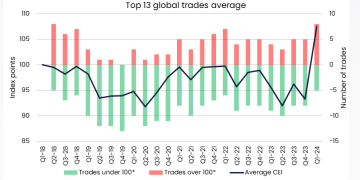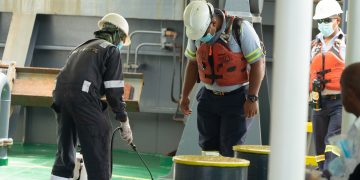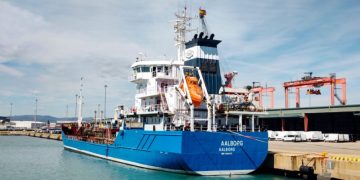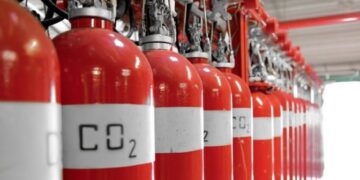The International Renewable Energy Agency (IRENA) published the World Energy Transitions Outlook 2023 report to assess the energy landscape’s progress toward meeting the Paris Agreement goals.
In particular, Nationally Determined Contributions (NDCs), long-term low greenhouse gas emission development strategies (LT-LEDs) and net-zero targets, if fully implemented, could reduce carbon dioxide (CO2) emissions by 6% by 2030 and 56% by 2050, compared to 2022 levels. As the report explains, the emissions gap is projected to reach 35 Gt by 2050, underscoring the urgent need for comprehensive action to accelerate the transition.
The International Renewable Energy Agency’s 1.5°C pathway positions electrification and efficiency as key transition drivers, enabled by renewable energy, clean hydrogen and sustainable biomass. This preview of the World Energy Transitions Outlook provides an overview of the progress achieved in developing and implementing these technological avenues.
It shows that the scale and extent of the change achieved in all sectors to date fall far short of what is required to stay on the 1.5°C pathway. Most of the progress so far has been made in the power sector, where advances in technology, policy and innovation have taken us a long way.
Key findings in the report:
- To achieve a successful energy transition, international co-operation needs to be enhanced and redesigned.
- The expanding variety of actors in the energy transition requires an assessment of roles to leverage respective strengths and efficiently allocate limited public resources.
- Achieving the energy transition will require collective efforts to channel funds to the Global South.
Investments in energy transition
The report notes that Although global investment across all energy transition technologies reached a record high of USD 1.3 trillion in 2022, annual investment must more than quadruple to remain on the 1.5°C pathway. Cumulative investments between now and 2030 need to total USD 44 trillion, with energy transition technologies representing 80% of the investment, or USD 35 trillion.
For instance, to successfully decarbonize the maritime shipping sector over the next three decades, a fundamental shift toward zero carbon energy sources is essential. This implies that significant investments will be required in new fuel production, supply chains, and a new or retrofitted fleet. Fortunately, the shipping industry has seen significant investment in green alternatives both onshore and offshore in recent years.
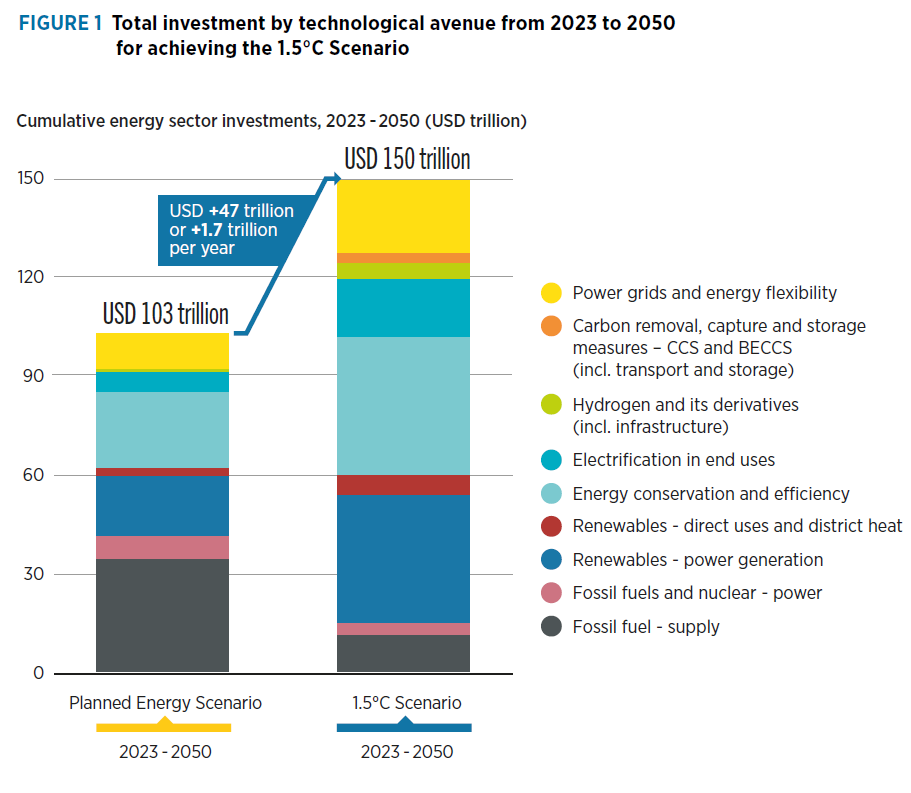
The role of shipping
As stated in the report, realizing development and climate goals in the direction of a more resilient and equitable society will need the concurrent, proactive molding of physical, policy, and institutional systems. Shipping’s role into sustainable transition remains crucial and relevant. Transmission and distribution will need to accommodate both the highly localized, decentralized nature of many renewable fuels, as well as different trade routes.
In order to increase the variety and resilience of energy systems, planning for interconnectors to permit the trade in electricity as well as shipping routes for hydrogen and derivatives must take into account quite different global dynamics.
- Storage solutions will need to be widely used and created with consideration for geoeconomic effects.
- Any major undertaking must also have public support, which can be attained through project transparency and community engagement opportunities.
The report also highlights that renewable energy will necessitate the modernization of existing infrastructure, including grid reinforcement and expansion on both land and sea. Green hydrogen will also be produced in locations other than today’s oil and gas fields. The technical challenges and economic costs of redesigning infrastructure should be considered, as should the environmental and social aspects.
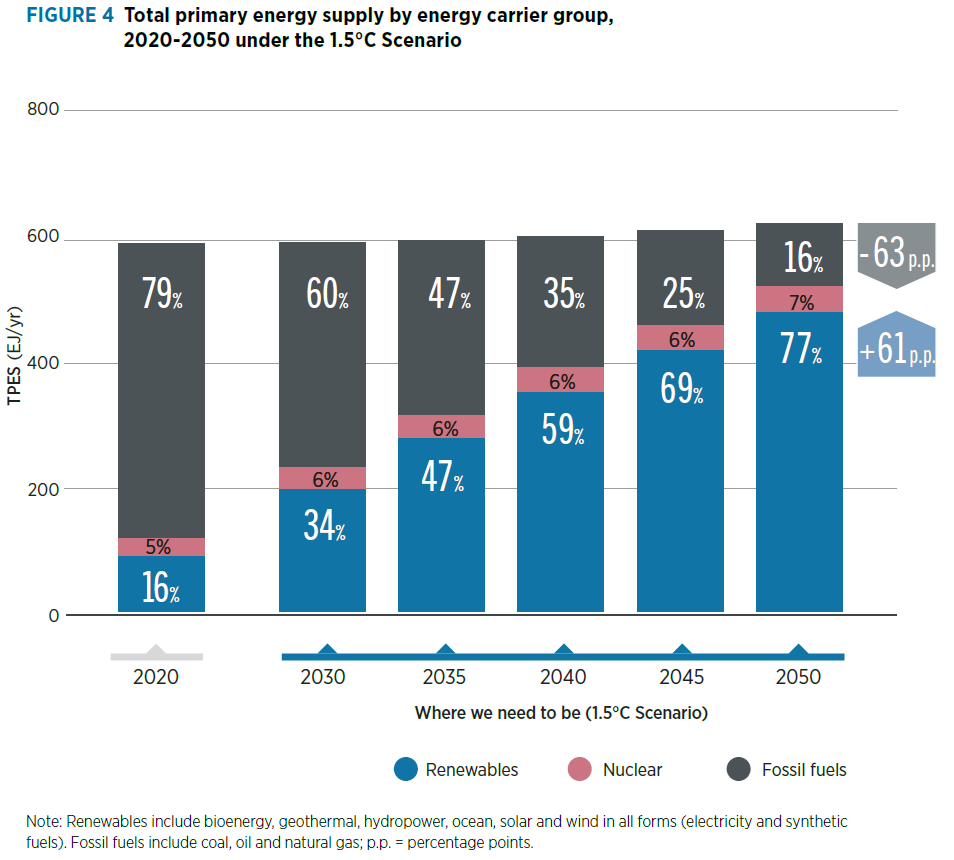
As explained, existing renewable power targets would increase total renewable power capacity to 5.4 terawatts (TW) by 2030, representing less than half of the 11.2 TW needed for a 1.5°C pathway. In addition, targets should be measurable and cover end uses beyond power. Of the 183 Parties with renewable energy components in their NDCs, only 143 had a quantified target – 108 for power and 31 for heating and cooling, transport or cooking (IRENA, 2022).
Some progress is being made, notably in the power sector, with renewables representing 83% of capacity additions and reaching 40% of installed power generation globally in 2022.
..says the report.



